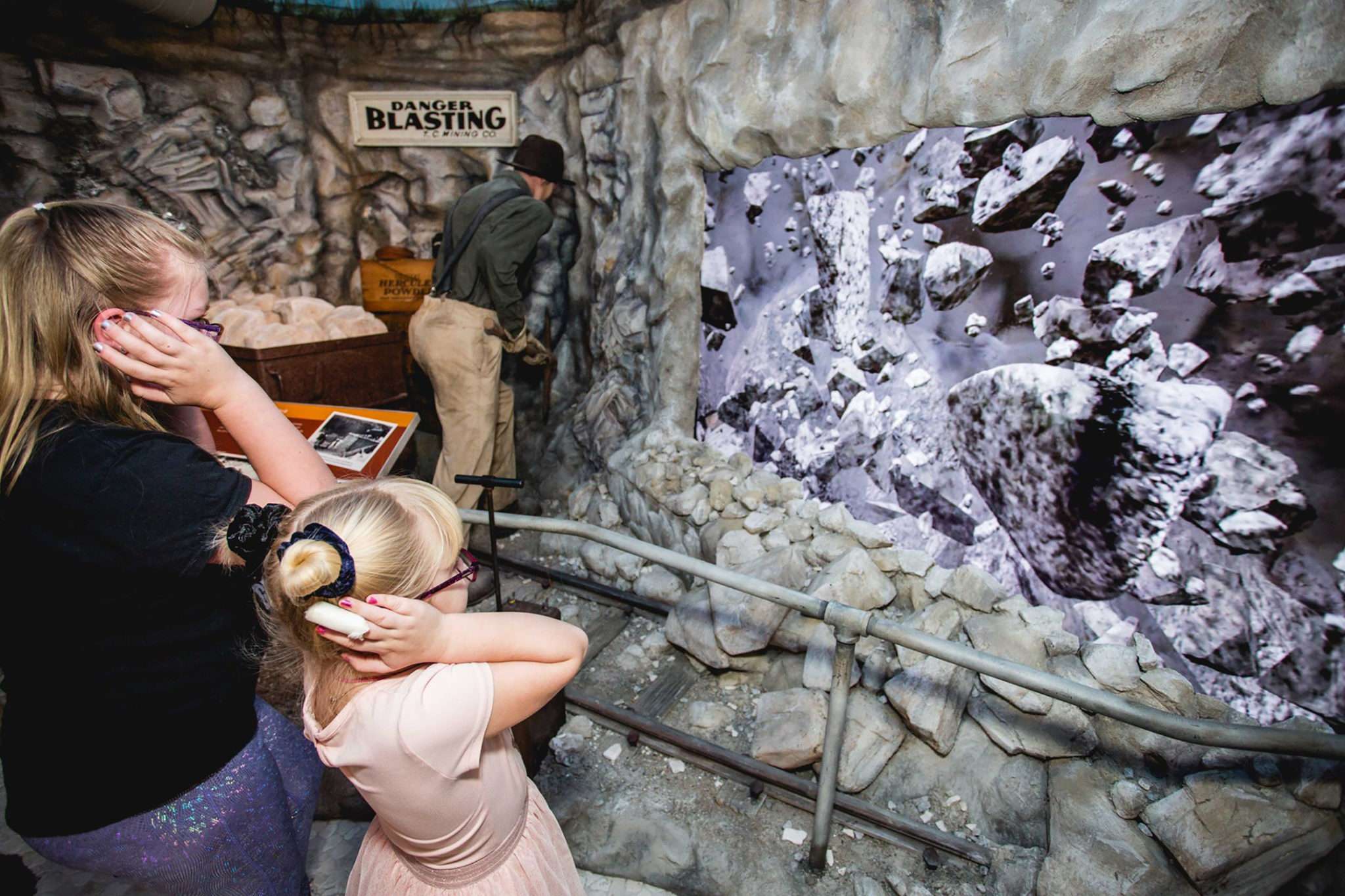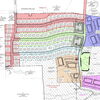
Processing Your Payment
Please do not leave this page until complete. This can take a few moments.
- News
-
Editions
-
- Lists
-
Viewpoints
-
Our Events
-
Event Info
- Women's Leadership Forum 2025
- On the Road with Mainebiz in Bethel
- Health Care Forum 2025
- On The Road with Mainebiz in Greenville
- On The Road with Mainebiz in Waterville
- Small Business Forum 2025
- Outstanding Women in Business Reception 2025
- On The Road with Mainebiz in Bath
- 60 Ideas in 60 Minutes Portland 2025
- 40 Under 40 Awards Reception 2025
- On The Road with Mainebiz in Lewiston / Auburn
- 60 Ideas in 60 Minutes Bangor 2025
Award Honorees
- 2025 Business Leaders of the Year
- 2024 Women to Watch Honorees
- 2024 Business Leaders of the Year
- 2023 NextUp: 40 Under 40 Honorees
- 2023 Women to Watch Honorees
- 2023 Business Leaders of the Year
- 2022 NextUp: 40 Under 40 Honorees
- 2022 Women to Watch Honorees
- 2022 Business Leaders of the Year
-
-
Calendar
-
Biz Marketplace
- News
- Editions
- Lists
- Viewpoints
-
Our Events
Event Info
- View all Events
- Women's Leadership Forum 2025
- On the Road with Mainebiz in Bethel
- Health Care Forum 2025
- On The Road with Mainebiz in Greenville
- On The Road with Mainebiz in Waterville
- + More
Award Honorees
- 2025 Business Leaders of the Year
- 2024 Women to Watch Honorees
- 2024 Business Leaders of the Year
- 2023 NextUp: 40 Under 40 Honorees
- 2023 Women to Watch Honorees
- 2023 Business Leaders of the Year
- + More
- 2022 NextUp: 40 Under 40 Honorees
- 2022 Women to Watch Honorees
- 2022 Business Leaders of the Year
- Nomination Forms
- Calendar
- Biz Marketplace
Bethel mineral museum reopens (again) for business, and potential tourism
 Courtesy / MMGM
The Maine Mineral & Gem Museum is in Bethel at 99 Main St., a former Odd Fellows hall. The museum includes an outdoor rock garden with 22 specimens, some of which are shown here.
Courtesy / MMGM
The Maine Mineral & Gem Museum is in Bethel at 99 Main St., a former Odd Fellows hall. The museum includes an outdoor rock garden with 22 specimens, some of which are shown here.
After a rocky start, a museum and tourist attraction in Bethel will unlock its doors to the public Friday for the third time in 16 months.
The Maine Mineral & Gem Museum is scheduled to welcome visitors, again, tomorrow at 10 a.m. The museum houses 19 interactive exhibits and some 46,000 gems, mineral specimens and even meteorites, including the five largest chunks of the moon on Earth.
Plans began over a decade ago for the museum, but it first opened in December 2019 and quickly grabbed media attention. The Boston Globe called the museum “astounding,” the New York Times said it was “world-class,” and the Wall Street Journal described the MMGM as “a museum that rocks.”
The MMGM described itself as “Maine’s premier science museum,” and publicized its debut nationally by offering a $25,000 bounty for a piece of a meteorite that had recently fallen in Missouri. (There weren't any takers.)
But then, COVID. Like other museums, Maine’s newest shut down — until last July, when it reopened with new safety protocols in place.
A few months later, however, another catastrophe hit the MMGM. A plumbing leak in October flooded the attic of the three-story, 15,000-square-foot museum, forcing it to eventually close three-quarters of the exhibits.
Some remained open and the MMGM continued much of its programming while it rebuilt. And the specimens themselves were fine. “Fortunately, our collection has already stood the test of geological processes and time and was spared,” the museum said on Facebook.
This week, on the eve of the MMGM’s deja-vu-debut, Director Barbra Barrett said in a news release, "While our reopening feels a bit like Groundhog's Day, we couldn't possibly be more excited … again."
Deep roots
The museum, at 99 Main St., is the brainchild of philanthropists Lawrence Stifler and Mary McFadden, a married couple who live in Massachusetts. Stifler is the founder of Health Management Resources, a Boston-based company that provides health and weight-loss support. He sold the business in 2013.
In the 1970s, the couple began buying property in western Maine to create a conservation land trust that today covers 12,000 acres. Among the acquisitions was the 2005 purchase of the long-closed Bumpus Mine in Albany, where feldspar was dug for industrial uses and beryl crystals were discovered in the 1920s.
Stifler and McFadden came to learn about the history of mineral excavation in western Maine, where tourmaline and quartz also were once profitable products.
Over time, the couple began collecting specimens and looking for a way to preserve them, as well as the region’s legacy. The collection morphed into the museum and now includes rocks and gems from throughout the world and beyond. They include several thousand from Perham’s Maine Mineral Store, a locally famous hobbyist shop in West Paris that closed in 2009 after 90 years in business.

Staffing of the museum started in 2011 and now is up to a dozen, including several top geologists. There’s an on-site laboratory for scientific research and a library with 10,000 books, maps and other material related to Maine mineralogy.
“We wanted to create something fun and informative to honor the history of mining in Maine, and the people involved from miners to scientists to lapidaries,” Stifler told the Globe in 2019. “But we also wanted to create a top-notch research facility.”
Mining in Maine
If the museum is successful, more Mainers will learn about the state’s rich history of underground riches.
The U.S. gemstone industry is a small but thriving one, producing natural gems worth $12 million in 2016, the most recent year in which data was available from the U.S. Geological Survey. That total represented a 37% increase over 2015 production.
And while commercially valuable gemstones come from every state, 11 states including Maine produce 92% of them. Maine is the smallest producer of the 11, but the only one in the Northeast.
The state’s gem production dates to at least 1822, when the first tourmaline in the country was discovered at Mount Mica in South Paris. The first surveys of Maine’s mineral resources began in 1836. By 1850, farmers doubling as gem miners were making decent side money digging for feldspar (to make porcelain) and mica (to create a silver sheen on products).
More recently, companies such as Coromoto Minerals have eked out small revenues from minerals and gems, especially tourmaline.
Geologists are also looking at a swath of Penobscot County as a site to dig up metallic minerals.
A Canadian company, Wolfden Resources Corp., is currently surveying 528 acres at Pickett Mountain, near Mount Chase, for potential use as a mine for zinc, lead, copper, silver and gold. Wolfden acquired the parcel as part of a 2017 purchase of 6,900 acres for $8.5 million.
Developing a mine there would require rezoning by the state’s Land Use Planning Commission, which oversees property development for Maine’s unorganized territories. The zoning change is still pending.
Wolfden has said that its proposed mine would create over 100 jobs and generate $400 million in revenue for the state over the operation’s 10-year lifespan.










0 Comments